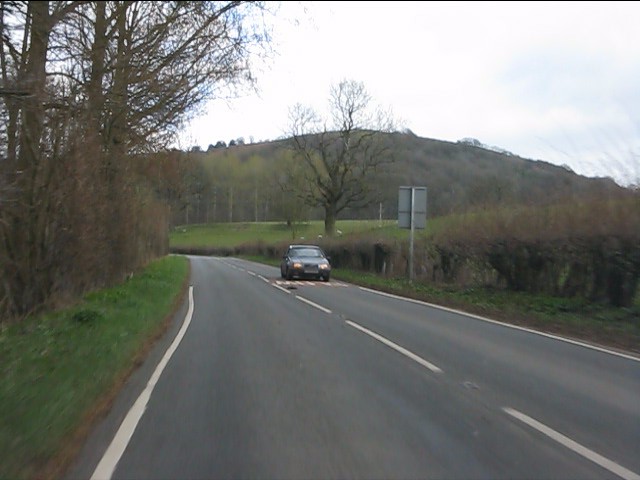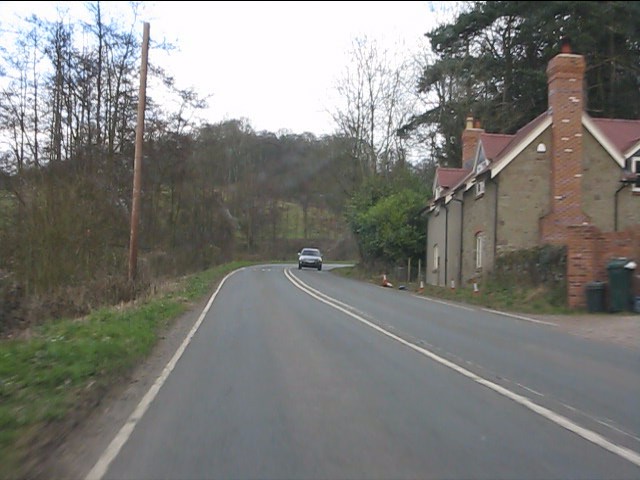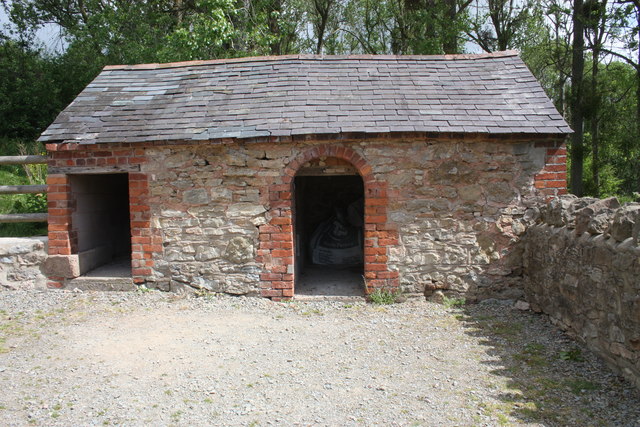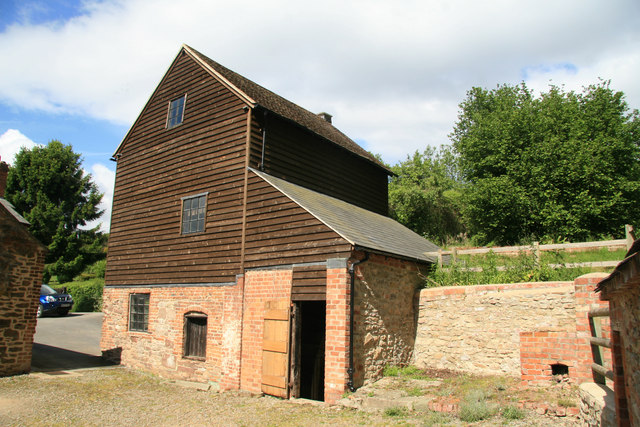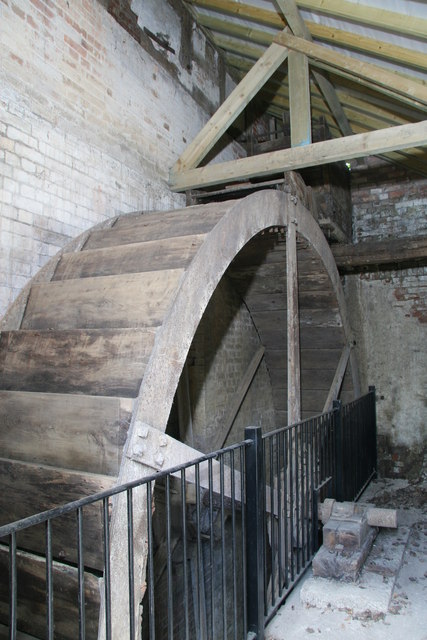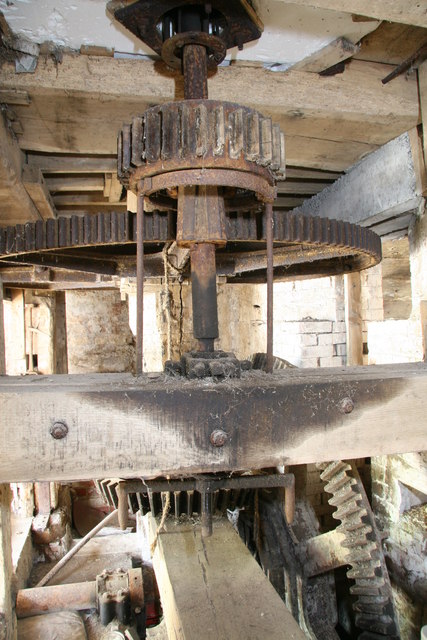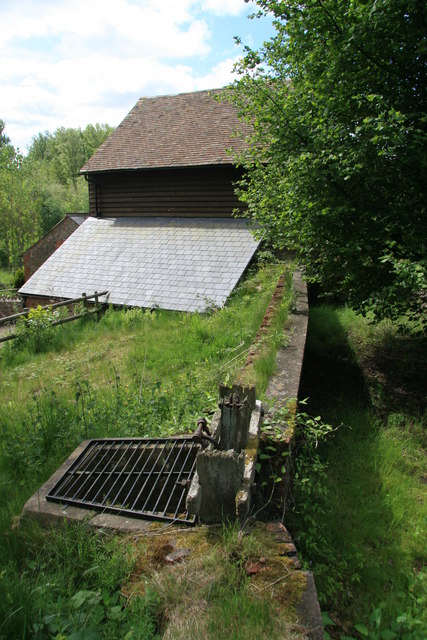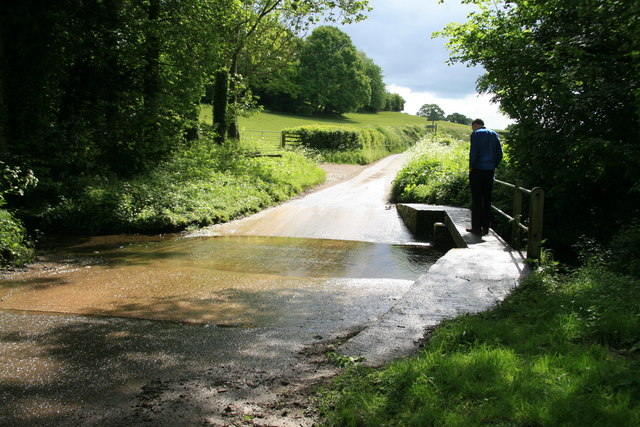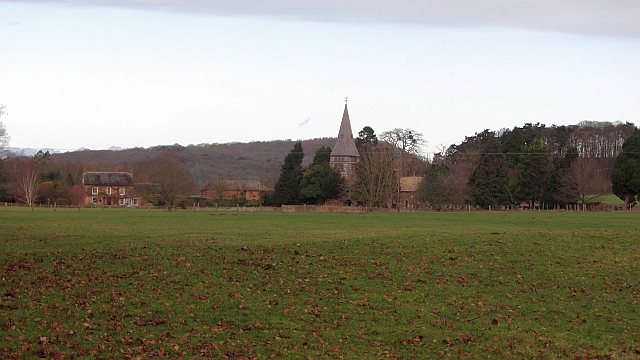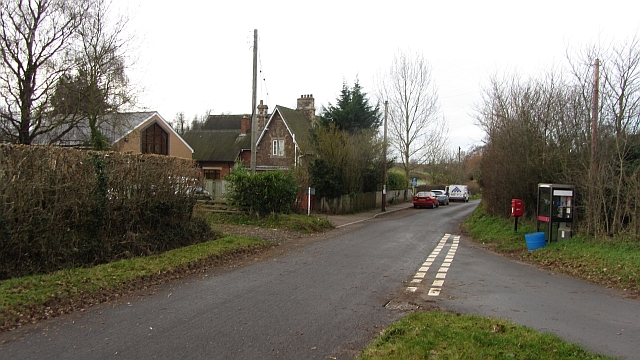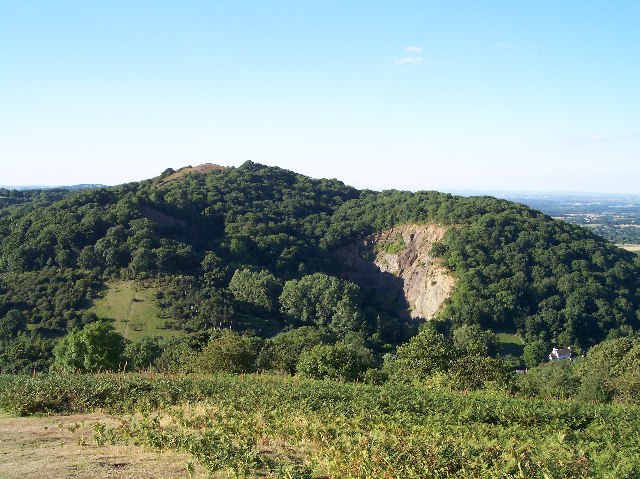Howler's Heath
Downs, Moorland in Gloucestershire Forest of Dean
England
Howler's Heath
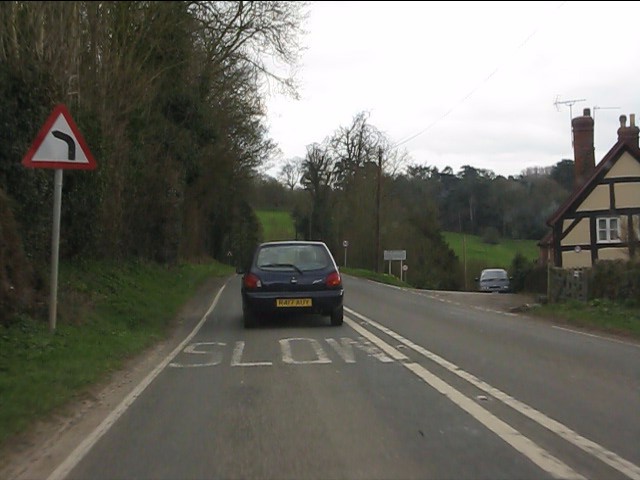
Howler's Heath is a picturesque area located in the county of Gloucestershire, England. Situated on the edge of the Cotswolds, it encompasses a diverse landscape of downs and moorland, making it a haven for nature enthusiasts and outdoor adventurers alike.
The downs of Howler's Heath are characterized by rolling hills covered in lush grasses and scattered with wildflowers. These open spaces provide breathtaking panoramic views of the surrounding countryside, making it a popular spot for hikers, cyclists, and picnickers. The moorland, on the other hand, offers a more rugged terrain, featuring heather-covered hillsides and rocky outcrops. It is home to a variety of unique flora and fauna, including rare bird species and wild ponies.
Traversing the area, visitors can explore a network of well-maintained footpaths and bridleways, allowing them to fully immerse themselves in the natural beauty of Howler's Heath. Additionally, there are several designated nature reserves within the vicinity, providing even more opportunities for wildlife spotting and conservation efforts.
The charm of Howler's Heath extends beyond its natural offerings. Nearby, there are quaint villages and historic landmarks, such as ancient stone circles and medieval ruins, adding a touch of cultural interest to the area.
Overall, Howler's Heath in Gloucestershire is a captivating destination that showcases the best of the English countryside. With its stunning downs, captivating moorland, and rich biodiversity, it offers a truly enchanting experience for those seeking solace in nature.
If you have any feedback on the listing, please let us know in the comments section below.
Howler's Heath Images
Images are sourced within 2km of 52.015602/-2.3656179 or Grid Reference SO7535. Thanks to Geograph Open Source API. All images are credited.
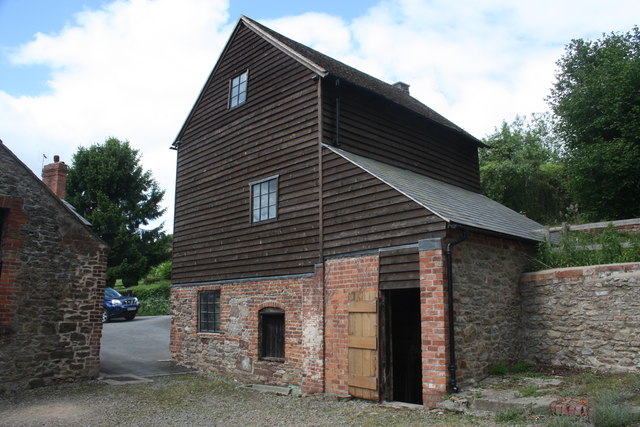
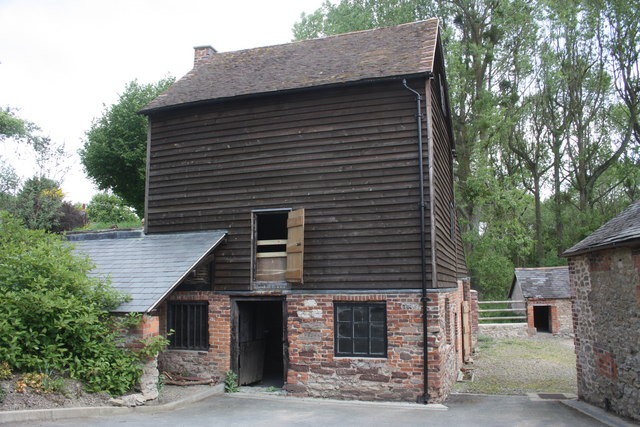
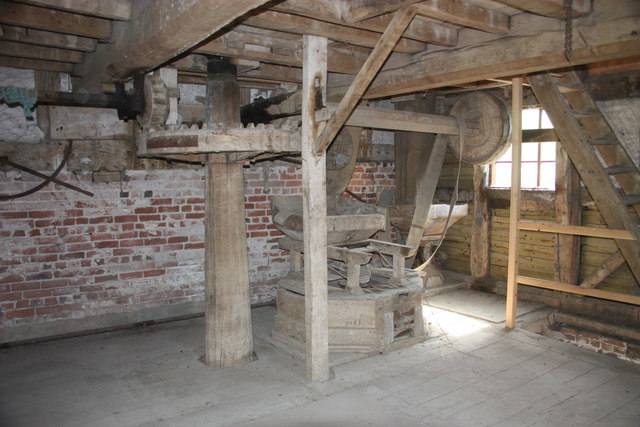
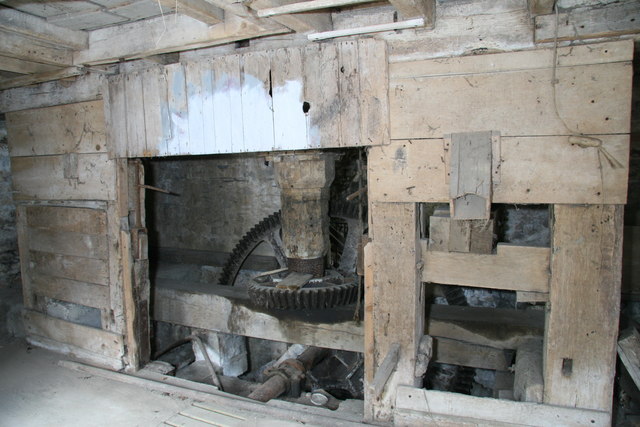
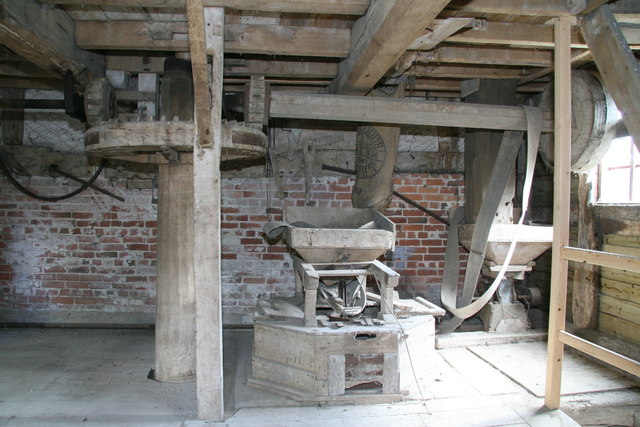
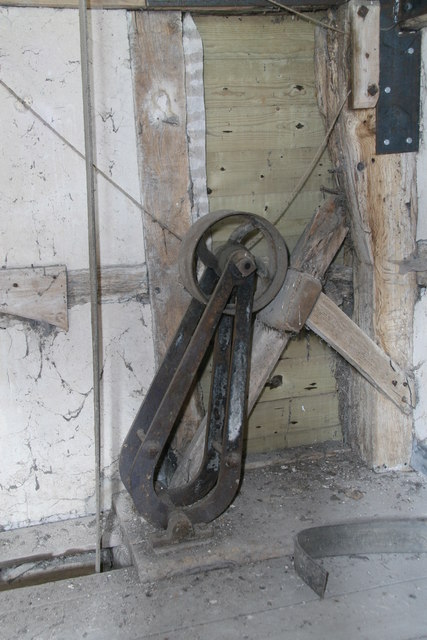
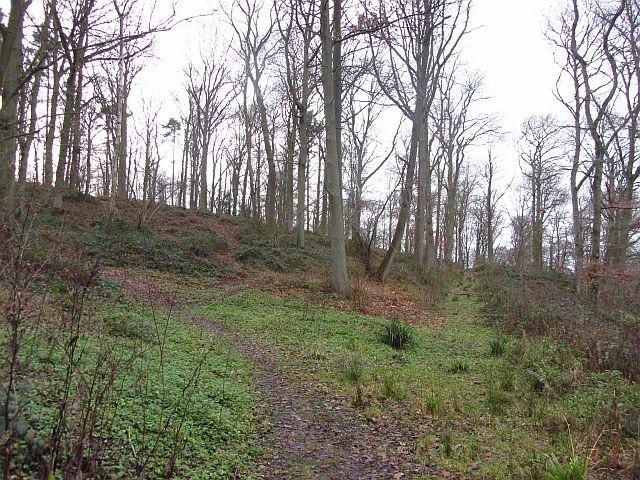
Howler's Heath is located at Grid Ref: SO7535 (Lat: 52.015602, Lng: -2.3656179)
Administrative County: Gloucestershire
District: Forest of Dean
Police Authority: Gloucestershire
What 3 Words
///thrusters.throats.acrobat. Near Donnington, Herefordshire
Nearby Locations
Related Wikis
Whiteleaved Oak
Whiteleaved Oak is a hamlet in the English county of Herefordshire, lying in a valley at the southern end of the Malvern Hills between Raggedstone Hill...
Raggedstone Hill
Raggedstone Hill is situated on the range of Malvern Hills that runs approximately 13 kilometres (8 mi) north-south along the Herefordshire-Worcestershire...
Bromsberrow
Bromsberrow (or Bromesberrow) is part of the Forest of Dean district. The village is close to the meeting point between Gloucestershire, Herefordshire...
Bronsil Castle
Bronsil Castle was a fortified manor house about 1 mile (1.6 km) to the east of Eastnor in Herefordshire, England near Ledbury). It is a Grade II* listed...
Eastnor Castle
Eastnor Castle, Eastnor, Herefordshire, is a 19th-century mock castle. Eastnor was built for John Cocks, 1st Earl Somers, who employed Robert Smirke, later...
Hollybush, Worcestershire
Hollybush is a small village in Worcestershire at the southern end of the Malvern Hills and close to the borders of both Gloucestershire and Herefordshire...
Midsummer Hill
Midsummer Hill is situated in the range of Malvern Hills that runs approximately 13 kilometres (8 mi) north-south along the Herefordshire-Worcestershire...
Hollybush Hill
Hollybush Hill is situated in the range of Malvern Hills that runs approximately 13 kilometres (8 mi) north–south along the Herefordshire–Worcestershire...
Nearby Amenities
Located within 500m of 52.015602,-2.3656179Have you been to Howler's Heath?
Leave your review of Howler's Heath below (or comments, questions and feedback).
